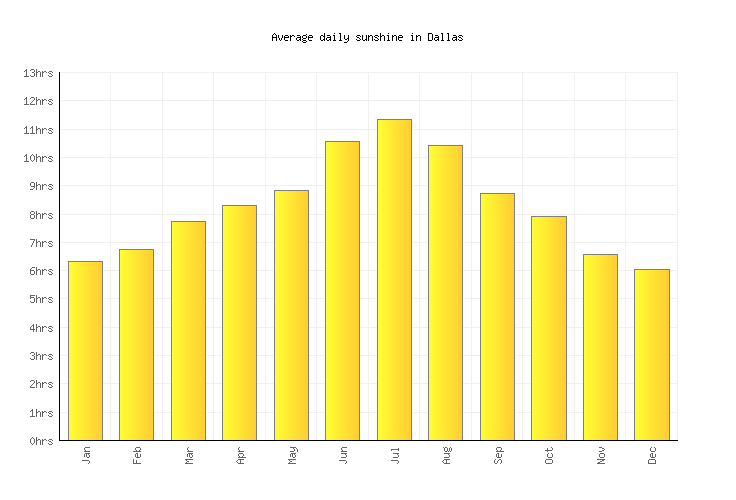

The "no data" icon is the result of an NWISWeb status code: The colored portion of the icon will represent the precipitation amount for that time interval. Half colored icons designate gage data that appears to be logging correctly but is over 1 hour and 15 minutes older than the NWISWeb time stamp at the top of the Rainfall page.Hourly and Daily values are calculated from the last time a gage value was updated, which is not necessarily the time this web page was updated. * For precipitation values less than 0.01 inches, the USGS gage symbol is white and the National Weather Service overlay is transparent.
#Weather dallas ga full
A hat with a wide brim is extremely helpful, as it can prevent roughly 50% of UV radiation from reaching the eyes.Legend colors refer to both USGS gage and National Weather Service precipitation overlay (at full opacity). On bright days sunglasses that block both UVA and UVB rays should be worn. when UV radiation is most intense keep in mind that shade structures like parasols or canopies do not provide perfect sun protection.

Seek shade and minimize exposure to direct Sun in a period between 10 a.m.
#Weather dallas ga skin
Protection against skin and eye damage is required. Take precautions and utilize sun safety practices. Note: The daily maximum UV index of 6 in July interpret into the following advice: A UV Index estimate of 6 to 7 represents a high threat to health from unprotected exposure to Sun's UV rays for average individuals. UV index May through August, with an average maximum UV index of 6, are months with the highest UV index in Dallas. SunshineThe month with the most sunshine is July, with an average of 10.5h of sunshine. On the last day of the month, sunrise is at 6:50 am and sunset at 8:41 pm EDT. On the first day of July, sunrise is at 6:31 am and sunset at 8:54 pm.

DaylightIn Dallas, the average length of the day in July is 14h and 9min. SnowfallIn Dallas, snow does not fall in April through October. RainfallThe month with the most rainfall in Dallas is July, when the rain falls for 20.3 days and typically aggregates up to 2.76" (70mm) of precipitation. HumidityJuly through October, with an average relative humidity of 73%, are the least humid months in Dallas. When heat gain surpasses the level the body can shed, body temperature begins to increase, and consequently, overheating and dehydration can occur, with varying severity. A higher relative humidity affects normal body cooling by reducing the evaporation rate, subsequently lowering the rate at which the body cools and increasing the perception of heat. Excessive warmth is eliminated from the body by evaporation of sweat. The human body normally cools itself by perspiration. And also, due to larger skin surface relative to their small bodies and higher heat production as a result of their activity. Young children are generally more endangered than adults, as they usually less sweat. Heat index values are especially crucial for babies and toddlers. Be aware that direct exposure to sunlight increases heat impact and may raise the heat index by up to 15 Fahrenheit (8 Celsius) degrees. This effect is individual, with diverse people perceiving weather differently for numerous reasons (clothing, metabolic differences, wind), and activity. Note: The heat index, also known as 'real feel', 'apparent temperature', 'felt air temperature', or 'feels like', is calculated by taking the relative humidity value for a specific location and factoring it into the air temperature reading. With exposure to direct sunlight, the heat index may be increased by up to 15 Fahrenheit (8 Celsius) degrees. Note that heat index values are valued for light wind and location in the shade. Heatstroke may occur with lengthy activity. Take special precautions - heat exhaustion and heat cramps are expected. Heat indexThe average heat index in July is estimated at an extremely hot 105.8☏ (41☌). TemperatureWith an average high-temperature of 89.4☏ (31.9☌) and an average low-temperature of 69.4☏ (20.8☌), July is the warmest month. July, like June, is another tropical summer month in Dallas, Georgia, with an average temperature varying between 89.4☏ (31.9☌) and 69.4☏ (20.8☌).


 0 kommentar(er)
0 kommentar(er)
